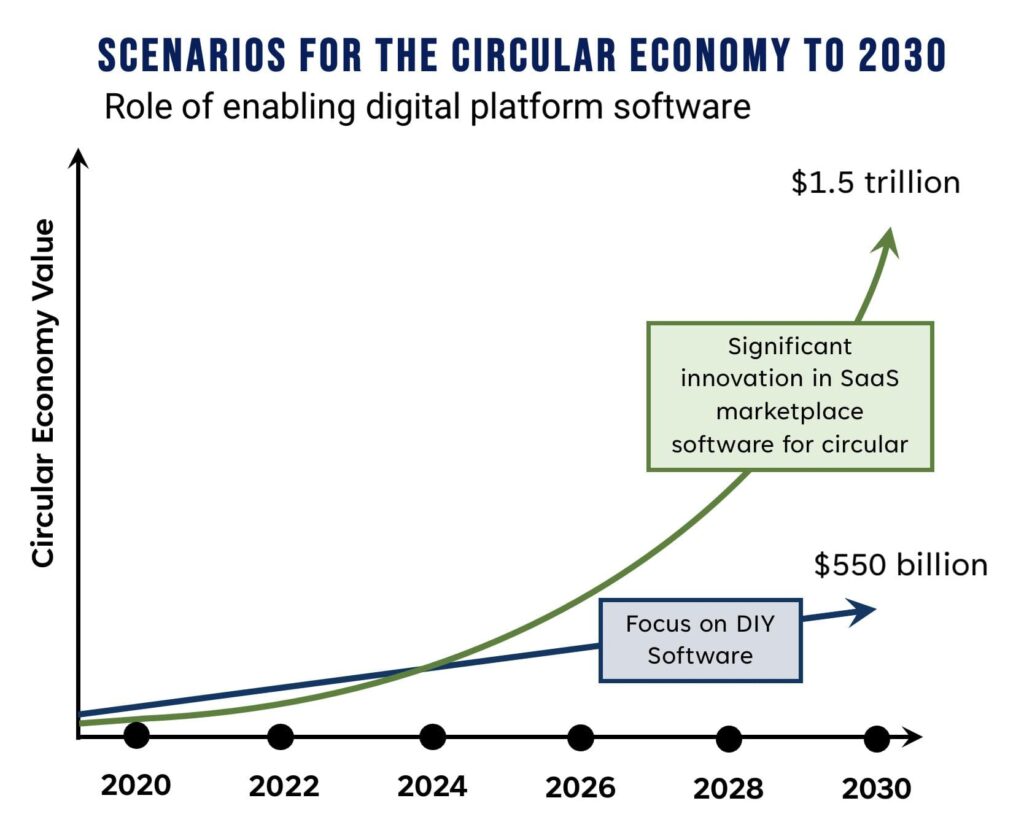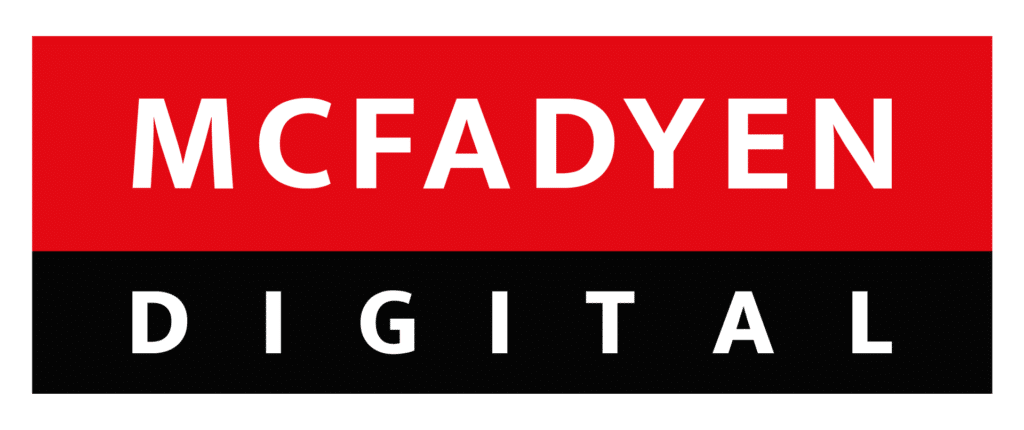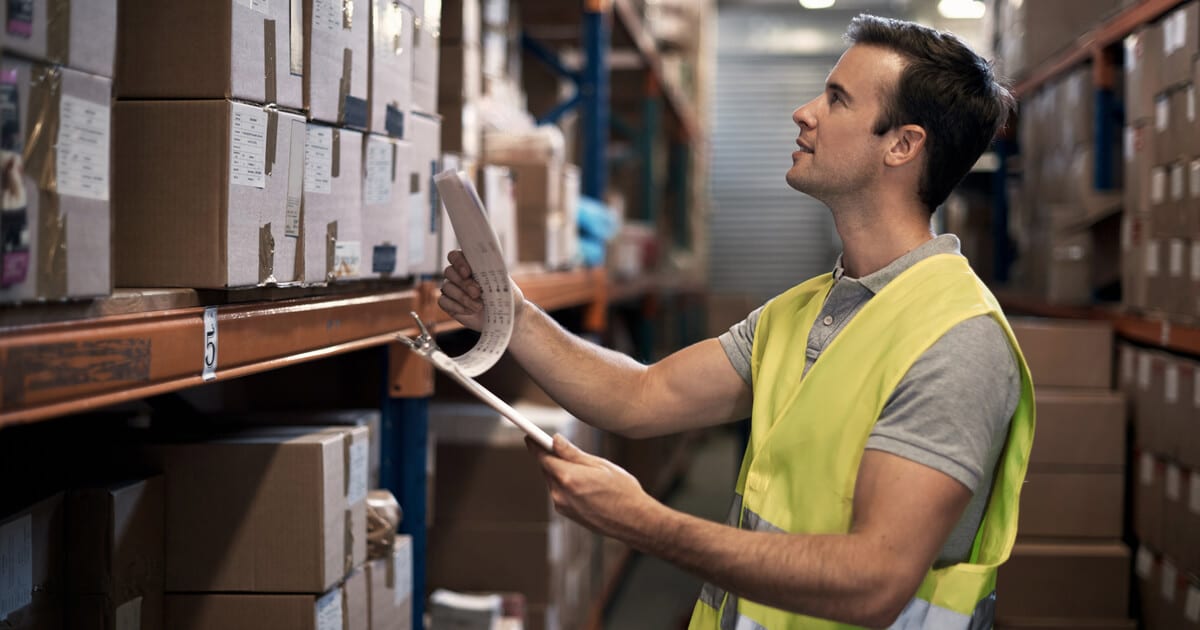
 The rise of the circular economy is no longer a speculative future trend but a current reality, with an impressive projected worth of $4.5 trillion globally by 2030, according to the World Economic Forum. This economic shift, which aims to decouple economic activity from the consumption of finite resources, is being enabled and accelerated by a multitude of platforms that champion circularity. This blog will delve into five key types of these platforms: Product & Material Exchanges, Reuse & Resale Marketplaces, Sharing Platforms, Circular Supply Chain Networks, and Sustainable Logistics Platforms. Each serves a unique role in fostering a more sustainable and efficient economy, redefining our understanding of value creation and resource optimization in an increasingly interconnected world.
The rise of the circular economy is no longer a speculative future trend but a current reality, with an impressive projected worth of $4.5 trillion globally by 2030, according to the World Economic Forum. This economic shift, which aims to decouple economic activity from the consumption of finite resources, is being enabled and accelerated by a multitude of platforms that champion circularity. This blog will delve into five key types of these platforms: Product & Material Exchanges, Reuse & Resale Marketplaces, Sharing Platforms, Circular Supply Chain Networks, and Sustainable Logistics Platforms. Each serves a unique role in fostering a more sustainable and efficient economy, redefining our understanding of value creation and resource optimization in an increasingly interconnected world.
1) PRODUCT & MATERIAL EXCHANGES
These platforms connect businesses to exchange surplus or waste materials that can be used as inputs for manufacturing other products. This reduces waste and keeps materials circulating in use. As more companies join these exchanges, the material availability and network effects increase.
Examples include:
Globechain: An innovative online reuse platform that connects businesses, charities, and individuals to enable them to reuse unwanted items, significantly reducing waste while creating a positive social impact.
The Materials Marketplace: A US-based platform that facilitates cross-industry material reuse by connecting businesses with waste and byproduct materials to new product, revenue, and savings opportunities.
Scrapo: A global marketplace for recyclable plastics, Scrapo connects sellers and buyers of scrap and recycled plastics, aiming to accelerate the transition towards a more circular plastics economy.
2) REUSE & RESALE MARKETPLACES
Online marketplaces for selling or giving away used consumer products helps extend product lifecycles. Network effects come from having more buyers and sellers on the platform. Companies can partner with these marketplaces to resell returned or used products.
Examples include:
ThredUP: Dubbed as the world’s largest online thrift store, ThredUP makes buying and selling high-quality secondhand clothes a mainstream, sustainable, and stylish choice.
Depop: A peer-to-peer social shopping app, Depop is reinventing the fashion industry by offering a platform for its community of sellers to turn their closets into unique boutiques.
The RealReal: This luxury consignment store provides an online marketplace for authenticated, consigned luxury goods, emphasizing sustainability by extending the lifecycle of luxury items.
3) SHARING PLATFORMS
Companies can participate in sharing platforms for assets like cars, equipment, spaces, etc. This promotes efficient asset utilization and reduces idle capacity. Network effects come from having more users/assets available in the shared pool.
Examples include:
Airbnb: An online marketplace that connects people who want to rent out their homes with people who are looking for accommodations, Airbnb exemplifies the sharing economy on a global scale.
Zipcar: Offering a “car-sharing” service, Zipcar enables people to rent cars on an hourly or daily basis, promoting resource efficiency and reducing the number of privately owned vehicles.
Tool Library: Various tool libraries, such as the Toronto Tool Library, provide a space where community members can borrow tools and equipment, fostering a culture of sharing and reducing the need for individual ownership.
4) CIRCULAR SUPPLY CHAIN NETWORKS
Companies can join a network of suppliers committed to circular practices like takeback programs, recycled inputs, waste reduction, etc. This amplifies sustainability efforts across supply chains. More suppliers in the network enhance the impact.
Examples include:
Circulor: Offering supply chain traceability, Circulor aims to improve the transparency and accountability in raw material supply chains to promote responsible sourcing and circular practices.
Provenance: Provenance is a platform that empowers brands to take steps toward greater transparency by tracing the origins and histories of products, contributing to more sustainable and ethical supply chains.
IBM Food Trust: Leveraging blockchain technology, IBM Food Trust creates a traceable and transparent supply chain for food products, enhancing safety, reducing waste, and promoting sustainability from farm to table.
5) SUSTAINABLE LOGISTICS PLATFORMS
Collaborating with other shippers on logistics optimization, backhauling, asset sharing, etc. to reduce empty miles and carbon emissions. More partners increase efficiency and impact.
If you have any questions about this topic or would like to explore how your business can participate in the circular economy, please reach out to us at strategy@mcfadyen.com and one of our experts will reply to help address your needs.
Related Articles
Turn Insight Into Impact.
Start Today.




